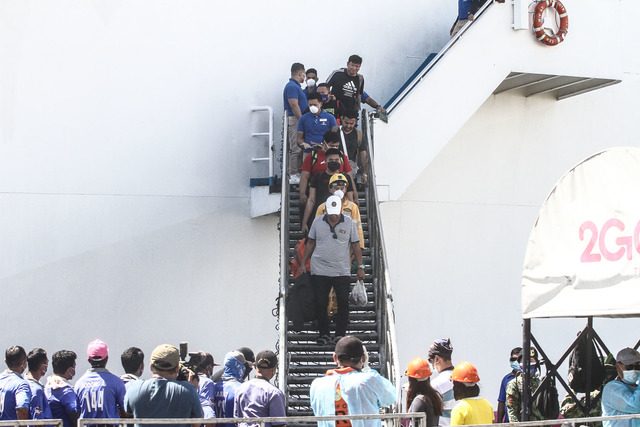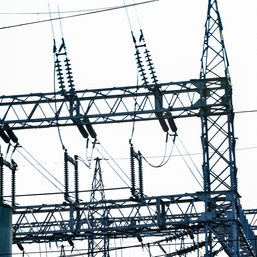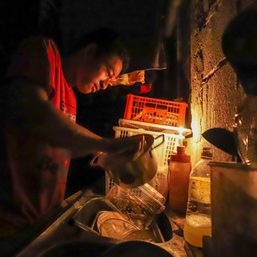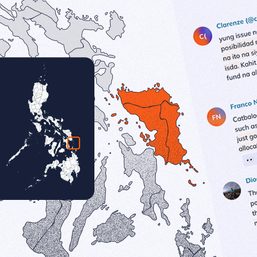SUMMARY
This is AI generated summarization, which may have errors. For context, always refer to the full article.

Residents of Eastern Visayas who have been stranded in bigger cities like Cebu or in Metro Manila will not be allowed to go home again until after September 11.
Joint Resolution No. 19 of the Regional Inter-Agency Task Force on Emerging Infectious Diseases took effect on Friday, August 28, suspending the repatriation of “locally stranded individuals” (LSIs) for 14 days.
“Based on DOH-8 data, 57.5%, or 1,293 cases in the region are LSIs (as of August 25),” the RIATF said in its memo. (READ: After dropping to double digits, Eastern Visayas active virus cases spike to 465)
Many of the other cases are close contacts of returning residents.
The Department of the Interior and Local Government-Central Visayas (DILG-7) advised stranded persons from Eastern Visayas who are in Cebu to contact their respective local government units first before heading to the local ports, so that they would not get stranded at the terminals.
This is the second time the repatriation program to the Eastern Visayas – called “Hatid Tulong” by the national government – was suspended.
The first time was on June 25, to allow the region to decongest its isolation centers and to “require” real-time reverse transcription polymerase chain reaction (RT-PCR) swab tests. The national government later shifted to the local government units the responsibility of requiring swab tests. (READ: Return of locally-stranded individuals suspended to require PCR testing)
While repatriation to all provinces was suspended that time, a separate memo had been issued for the Eastern Visayas because mayors petitioned the national government to halt the transportation of returning residents because their isolation facilities were already at full capacity.
Previously, the region was able to keep community transmissions under control by quickly isolating and testing returning residents.
In fact, before Hatid Tulong was allowed to resume, Eastern Visayas reported a recovery rate of 95% of its cases on July 21, with only 33 active cases.
As of Saturday, August 29, the number of active COVID-19 cases is back up to 1,002 in the Eastern Visayas.
Eastern Visayas is among the least equipped to handle a widespread pandemic. (READ: Disorganized repatriation program puts E. Visayas rural healthcare at risk)
The program, previously called “Hatid Probinsya,” was created to bring residents stranded in the cities back to their home provinces. It was implemented simultaneously with the now-suspended “Balik Probinsya” program of Senator Bong Go.
Go’s program provided beneficiaries with livelihood and housing assistance, in addition to transportation.
This created a challenge for local governments who lacked resources to deal with the volume of returning residents who were being shuttled to their hometowns.
Local chief executives, whose healthcare and isolation facilities have limited capacity, heavily criticized the national government’s lack of coordination in implementing both programs.
As of Friday, the Philippines recorded 209,544 cases of coronavirus disease – the highest in Southeast Asia, with 3,325 deaths and 134,474 recoveries.
The Octa Research Group predicts that COVID-19 cases could reach 375,000 by September 30. – Rappler.com
Add a comment
How does this make you feel?





There are no comments yet. Add your comment to start the conversation.